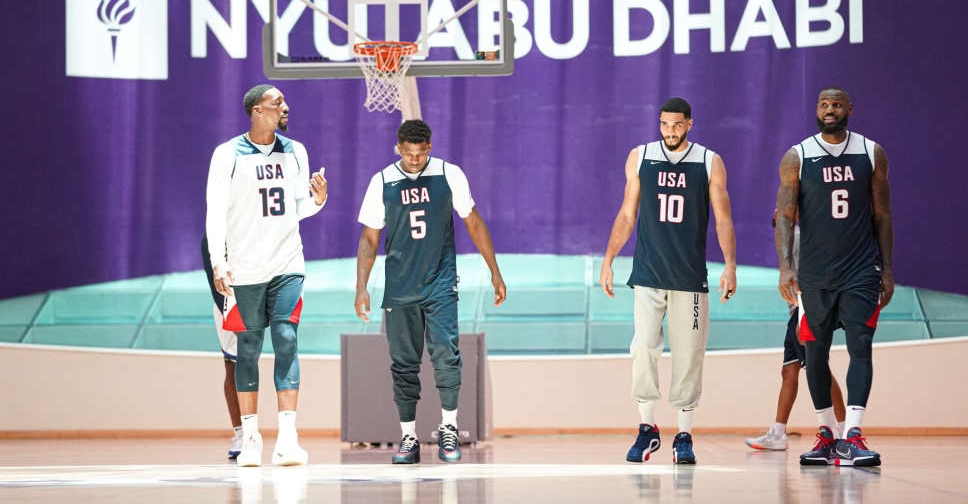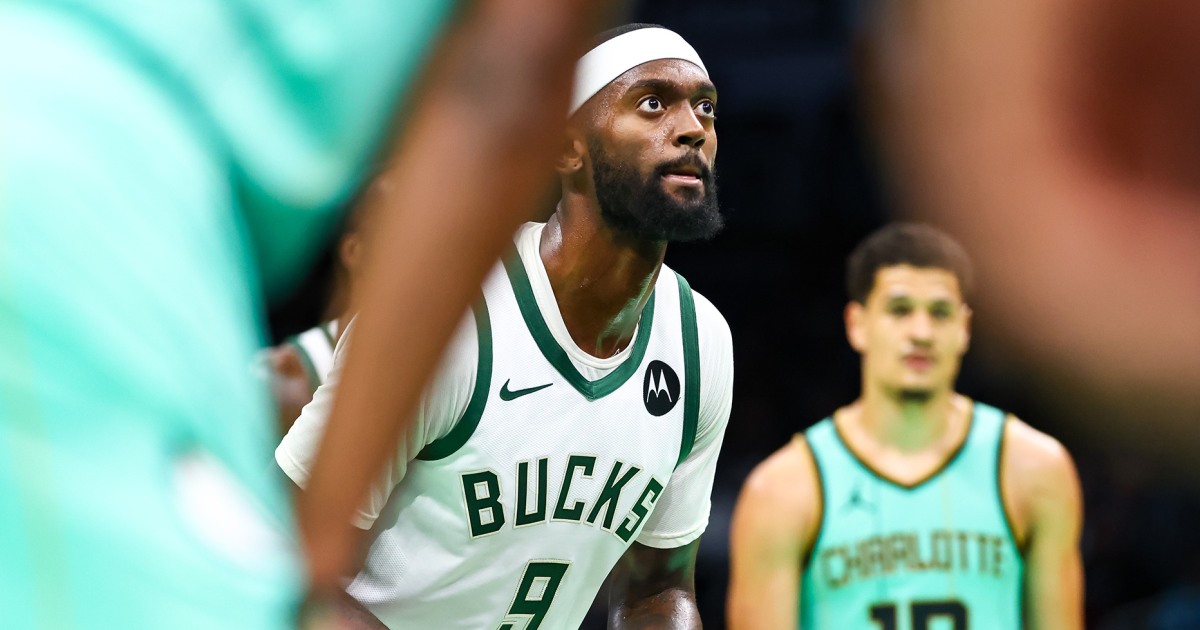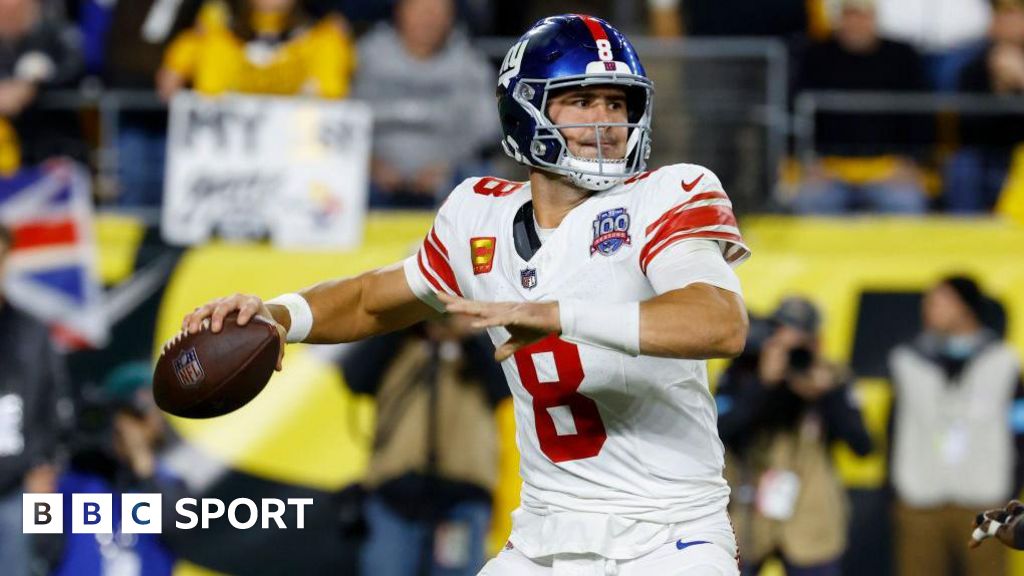Baseball updates its history; football and basketball following wouldn’t be worst thing | Opinion

Change can be difficult for many to accept.
In few instances, everyone is happy.
Right or wrong is in the eye of the beholder.
The May 28 announcement by Major League Baseball to recognize stats from seven different Negro Leagues from 1920 to 1948 has significantly altered the record books.
For example — and this is a big one — Josh Gibson’s career .372 batting average now ranks No. 1 all-time, ahead of Ty Cobb’s .367 mark in the early 1900s.
Another big one is Babe Ruth’s career slugging percentage mark of .690. That’s now surpassed by Gibson’s .718.
There are others but the point is talent is talent, and according to accounts, the Negro Leagues had a lot of that.
Eight Hall of Famers — most notably Jackie Robinson, Willie Mays, Satchel Paige, Roy Campanella and Larry Doby — began their careers in the Negro Leagues.
During the days of segregation in America, the Negro Leagues were the only option for Black ballplayers.
Is MLB’s decision the right one? It’s admirable on MLB’s part but does bring up another topic. What about Japanese League stats?
Ichiro Suzuki played 19 seasons in the majors and had 3,089 hits. During his career in Japan, he amassed 1,278 more base hits. Together, that’s 4,367 hits — better than Pete Rose’s record 4,256.
For the sake of this argument, let’s keep the focus on American-based sports leagues.
MLB’s decision to include players from the Negro Leagues in its record books obviously raises questions impossible to answer but very cool to ponder.
How Gibson — who played in the 1930s and 1940s — would have fared against the likes of all-time Cleveland great Bob Feller is a great what if?
In other instances of other sports — namely basketball and football — we do have those answers from players of now defunct leagues such as the American Football League, the United States Football League and the American Basketball Association.
We know Joe Namath was an all-time football great in the NFL. We know Julius Erving was an all-time basketball great in the NBA. Neither began their careers in the NFL or NBA. So why not title all-time marks in each sport as “professional football records” and “professional basketball records.”
Of course, some will argue the AFL, USFL and ABA paled in comparison to what some will also argue was their big brothers of the NFL and NBA.
How the AFL, ABA and USFL were run and financed have been well-documented over the years.
The AFL was in existence from 1960 to 1970. The ABA had a run of a decade from 1967 to 1976. The USFL had a much shorter existence from 1983 to 1985.
The AFL and ABA essentially merged with the NFL and NBA. Many believe the USFL would have merged with the NFL but financial issues during the league’s run and a much-publicized court case in which the USFL sued the NFL — claiming the NFL monopolized the sport of pro football — sunk the upstart league.
Beyond all of that, the biggest factor the AFL, ABA and USFL had on their side was the talent level. At the top, it was top-notch.
Namath began his career as quarterback of the Jets in 1965 when the New York team played in the AFL until 1969. In the final year before the NFL-AFL merger, Namath’s Jets posted arguably the biggest upset in sports when they shocked the heavily favored Baltimore Colts in Super Bowl III.

Erving began his career in the ABA, and like Namath played five years in the league before what was essentially an NBA-ABA merger — which brought the Nets, Nuggets, Pacers and Spurs to the NBA.
Erving was an instant sensation in the NBA with the 76ers. He led Philadelphia to four NBA Finals, and won the title in 1983. In 1980-81, Erving was named NBA MVP.
His 18,364 points in the NBA do not rank in the top 50 all-time. With his ABA points, Erving jumps to 30,026 points and No. 8 all-time behind Wilt Chamberlain. That sounds about right for a player with the stature of “Dr. J.”
There are others from the ABA. Hall of Famers Rick Barry, George Gervin and Moses Malone started in the ABA. Malone was an NBA MVP. Barry was the Finals MVP in 1976 and Gervin won four scoring titles in five seasons, including three straight.
The talent level the USFL attracted in just three seasons was impressive.
The league convinced three straight Heisman Trophy winners to ditch the NFL. They included Georgia running back Herschel Walker (the 1982 winner), Nebraska running back Mike Rozier (1983), and Boston College quarterback Doug Flutie (1984).
There were also four Hall of Famers who played in the USFL — QBs Jim Kelly and Steve Young, defensive end Reggie White and offensive lineman Gary Zimmerman.
For the Browns, the USFL folding was a huge boost and undoubtedly helped the team get to three AFC Championship games in four seasons in the late 1980s.
Cleveland added the likes of the USFL alums linebacker Mike Johnson, running back Kevin Mack, offensive lineman Dan Fike, cornerback Frank Minnifield, kick returner Gerald “The Ice Cube” McNeil and others.
As for the pro football record book, a significant single-season mark by a USFL player would rank No. 1 if ever truly recognized as the “pro football record.” It’s not.
In 1983, Rams rookie running back and future Hall of Fame Eric Dickerson ran for a single-season record 2,105 yards.

In 1985, Walker played his last season for the New Jersey Generals before joining the Dallas Cowboys and ran for 2,411 yards on 438 yards. Critics will say the USFL’s talent — when stretched throughout the league — was subpar to the NFL and that Walker’s total was set in 18 games, compared to Dickerson’s 16 games in ’83.
It would not be the first hallowed record to be broken with controversy attached to it. Roger Maris held the single-season home record (61) — since broken — for decades but did so in 1961 in eight more games than Babe Ruth’s previous mark of 60, set in 1927.
No one should argue the likes of Namath, Erving, Malone, Gervin, Barry, Walker, Kelly, Young and others who played in leagues in opposition of the NFL and NBA weren’t good enough.
Yes, all had their choice to play in different leagues. Unfortunately, Black baseball players during the segregation era did not have that choice.
The NFL and NBA would not have merged with the AFL and ABA had there not been talent to acquire. When the USFL folded, a huge surplus of talent helped many NFL teams, the Browns included.
The history of professional football can’t be told without mention of the AFL and USFL. Same can be said about pro basketball and the ABA.
Merging player stats from those leagues tells the entire story.
Related
Kevin Durant misses another Team USA practice but Steve Kerr…
The USA men’s Olympic basketball team took to the practice court Saturday without Phoenix Suns star Kevin Durant, who continues to nurse a calf injury.Now tra
US basketball team arrives in Abu Dhabi
SOTOGRANDE: Real Club Valderrama bared its teeth in Friday’s first round of LIV Golf Andalucia, making it the toughest scoring day in the league’s young h
Basketball 101: What’s happened since the Tokyo Olympics?
U.S. men ready to move past World Cup disappointment













